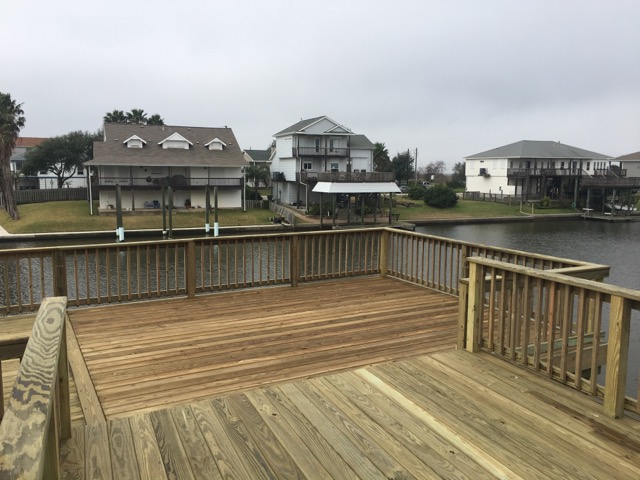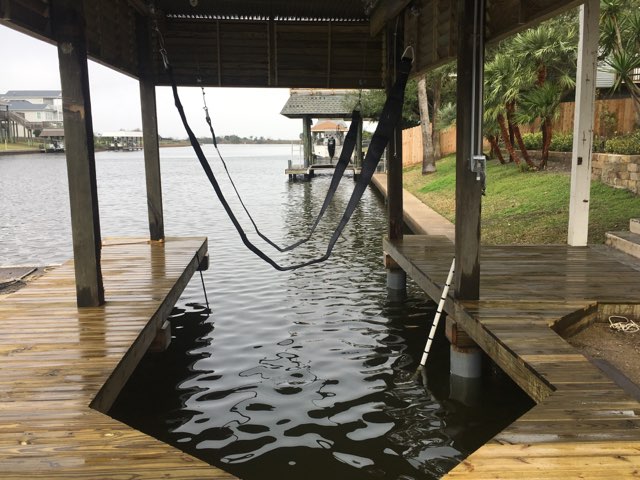DIY Dilemma? Choosing the Right Extended Life Lumber for Your Project
When it comes to selecting the right lumber for a project, there’s a lot at stake. A poorly chosen material can lead to everything from structural weaknesses to premature wear. For contractors, builders, architects, and homeowners working on a DIY project, the challenge often lies in choosing the best extended life lumber that balances durability, cost, and aesthetic appeal. Whether you’re crafting a deck, fencing, or designing a custom structure, understanding the factors involved in choosing the right building materials is crucial for the longevity and success of your project.
This guide will take you through the essentials of choosing extended life lumber, offering tips, expert insights, and actionable steps to help you make an informed decision.
Why Extended Life Lumber Matters for Your Project
Extended life lumber has been specially treated or engineered to resist common issues like rot, insect damage, and environmental wear. For outdoor projects and structures exposed to the elements, standard wood simply won’t stand up over time. Treated lumber, on the other hand, undergoes preservation processes that fortify it against the harsh realities of the outdoors. Choosing the right extended life lumber is essential for homeowners, contractors, and builders looking to invest in high-quality, resilient materials for lasting results.
The increased lifespan of these materials makes them an ideal choice for larger investments like decks, fences, and pergolas. Let’s delve deeper into what makes these building materials so resilient and why they’re the ideal choice for both DIY enthusiasts and professional contractors.

Types of Extended Life Lumber for Homeowners and Professionals
Extended life lumber isn’t a one-size-fits-all solution. Several types of treated lumber cater to different needs, from pressure-treated to engineered wood. Below, we’ll explore the most common varieties and their applications so you can choose the best option for your project.
1. Pressure-Treated Lumber: A Tried and True Option
Pressure-treated lumber is one of the most widely used materials in construction, especially for outdoor applications. Through a process of pressurized chemical treatment, this wood is infused with preservatives to protect it against rot, insects, and moisture. This makes it an excellent choice for projects such as decks, fences, and outdoor furniture.
Pros of Pressure-Treated Lumber:
- High resistance to rot and insect damage
- Cost-effective option for many outdoor applications
- Readily available in a variety of sizes and grades
Cons of Pressure-Treated Lumber:
- Can warp or split if not properly maintained
- Some treatments may contain chemicals that require safety precautions during handling
For homeowners, using pressure-treated wood in DIY projects can provide extended durability at an affordable price. Contractors and builders often recommend this type of lumber for its versatility and protective qualities, especially in high-moisture areas.

Boat House w/ Deck & Dock
Galveston, TX.
All Treated Lumber
2. Cedar Lumber: The Natural Choice for Beauty and Durability
If you’re aiming for a more natural look without sacrificing durability, cedar is an excellent choice. Naturally resistant to decay and insects, cedar doesn’t require chemical treatments to stay protected against the elements. Cedar’s warm, reddish-brown hue also adds aesthetic appeal, making it a popular choice for visible structures like fences, gates, and pergolas.
Pros of Cedar Lumber:
- Naturally resistant to rot and pests
- Beautiful natural color and grain that weathers well over time
- Lightweight and easy to work with
Cons of Cedar Lumber:
- Higher upfront cost than pressure-treated wood
- Requires regular maintenance to preserve color and integrity
For architects and builders, cedar provides an attractive and durable solution for designs that emphasize natural beauty. Homeowners, too, can benefit from its aesthetic appeal and longevity, particularly in visible areas of the home.

3. Engineered and Composite Lumber: A High-Performance Option
Engineered lumber and composite wood products are manufactured alternatives to traditional lumber. These materials are designed to be exceptionally durable, often incorporating recycled materials and resins to enhance resistance to the elements. Because of their strength and reliability, engineered and composite lumber are excellent choices for high-traffic or high-impact areas, such as outdoor decks, docks, and pathways.
Pros of Engineered Lumber:
- Superior durability and weather resistance
- Low maintenance, often lasting decades with minimal upkeep
- Available in a variety of finishes and colors for customization
Cons of Engineered Lumber:
- Generally more expensive than traditional wood
- Limited in some applications where a natural wood look is preferred
Builders and contractors appreciate engineered lumber for its consistent performance and versatility, while homeowners looking for a “set it and forget it” material are drawn to its low-maintenance properties.
Key Considerations When Choosing Lumber for DIY and Contracting Projects
When selecting extended life lumber for homeowners and professionals alike, several important factors should influence your decision. Each consideration can affect the final outcome, lifespan, and maintenance needs of your project.
1. Climate and Environment
If you’re building in a region prone to humidity, rain, or temperature fluctuations, selecting the right lumber is critical. Pressure-treated wood generally performs well in moist climates, whereas cedar may be preferable in arid or temperate regions. For areas with extreme weather, engineered or composite lumber may offer the highest resilience.
2. Maintenance and Longevity
Some lumber, like pressure-treated wood, will require staining and sealing over time to prevent cracking and warping. Cedar requires oiling to maintain its vibrant color. Meanwhile, engineered lumber often requires minimal upkeep, making it an ideal choice for homeowners seeking a low-maintenance solution.
3. Budget and Long-Term Value
Cost is a key consideration in any project, but it’s important to look at long-term value as well. While cedar and engineered wood have higher upfront costs, their durability can save you money in the long run by reducing the need for frequent repairs or replacements. Pressure-treated wood offers a budget-friendly alternative with substantial durability, though it may need more maintenance.
4. Purpose and Aesthetic Goals
Consider the end-use of your structure and the look you want to achieve. For example, a deck built with composite wood may suit a modern home, while a cedar fence might better match a rustic property. The natural appeal of cedar and the sleek finish of engineered lumber offer different advantages depending on your project’s aesthetic goals.

Tips for Using Extended Life Lumber in DIY Projects
Whether you’re a homeowner tackling a weekend project or a contractor managing a full-scale build, here are some practical tips for working with extended life lumber:
- Seal and Stain Appropriately: While extended life lumber is resistant to many elements, applying a sealer or stain can help enhance its longevity and appearance.
- Use the Right Fasteners: Ensure you use corrosion-resistant fasteners, especially with pressure-treated lumber, as the chemicals used in treatment can corrode standard fasteners over time.
- Consider Weight and Workability: Some treated woods can be heavier and harder to cut than untreated options, so ensure you have the right tools and support.
- Regular Maintenance: Periodically clean and inspect your lumber structures. This will help you address minor issues before they develop into costly repairs.
Conclusion: Making the Right Choice for Long-Lasting Results
Choosing the right extended life lumber is a crucial step in any building project. By understanding the unique benefits and potential drawbacks of materials like pressure-treated wood, cedar, and engineered lumber, you can make informed decisions that will impact both the look and longevity of your work. Each material offers a unique combination of durability, aesthetic appeal, and maintenance needs, making it important to choose one that fits both your budget and project requirements.
Whether you’re a homeowner planning a DIY deck or a contractor managing a large-scale build, investing in quality building materials ensures you’re creating a structure that’s built to last. Take the time to explore your options, weigh the costs and benefits, and select a lumber type that will provide durability and value for years to come.
Ready to start your next project? Call (800) 816-0335 or visit www.buildingproductsplus.com to order high-quality extended life lumber and get expert advice for your specific needs.
